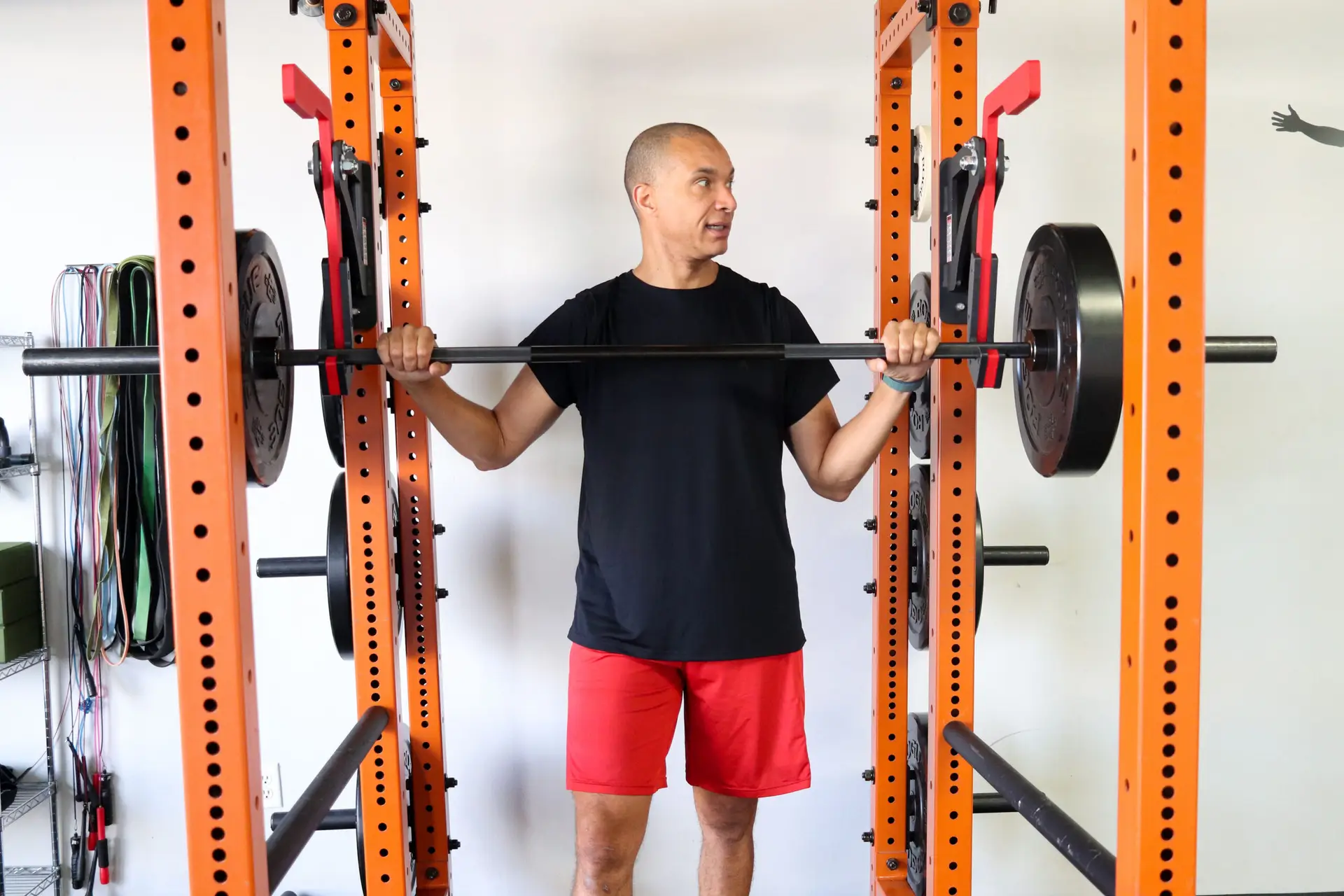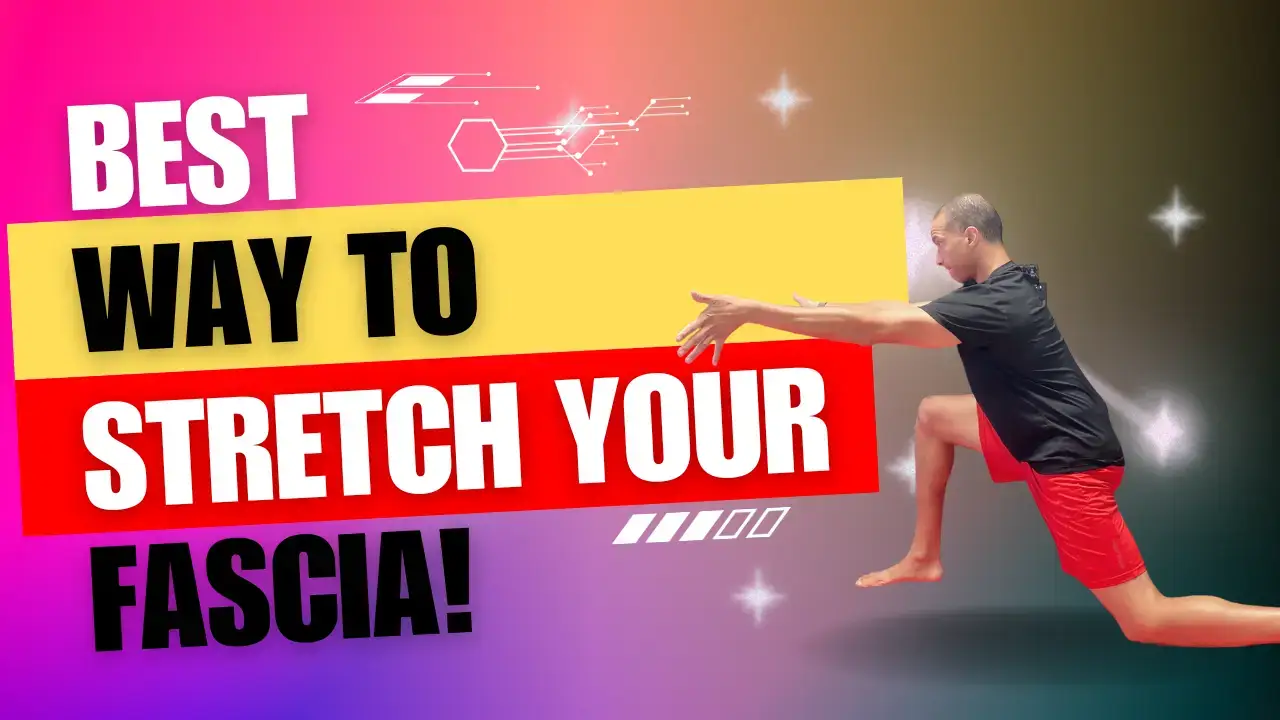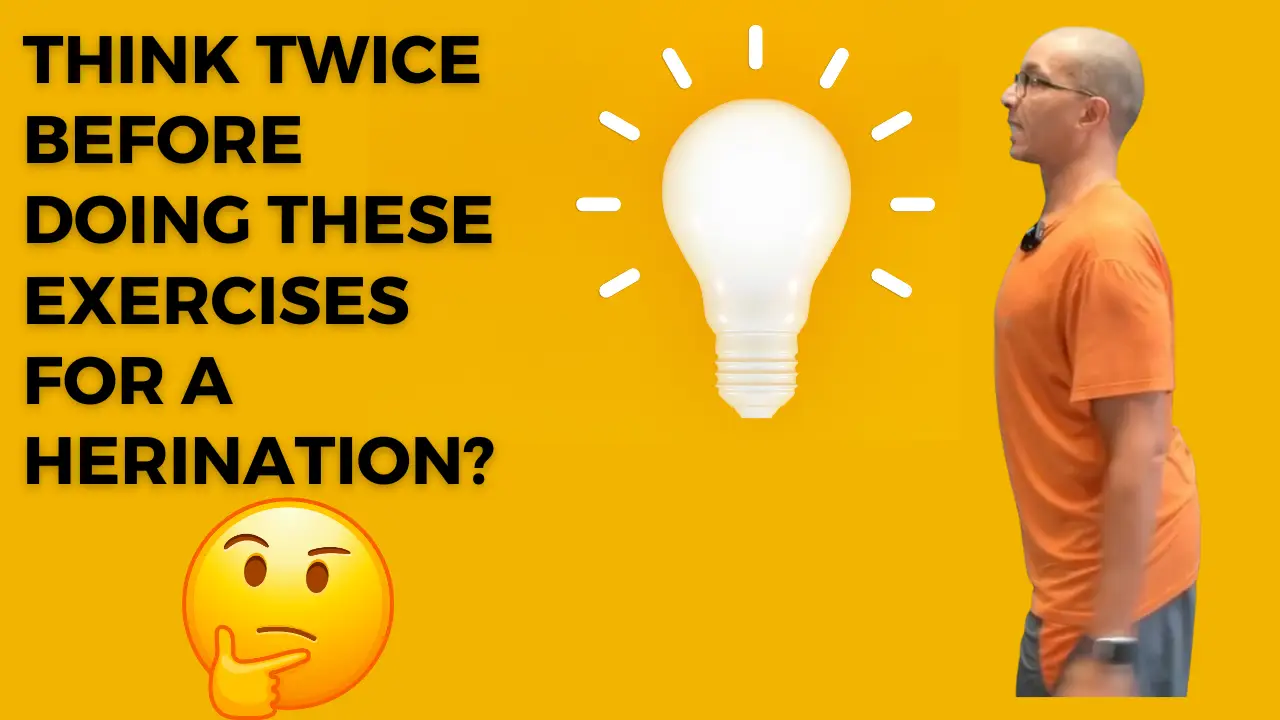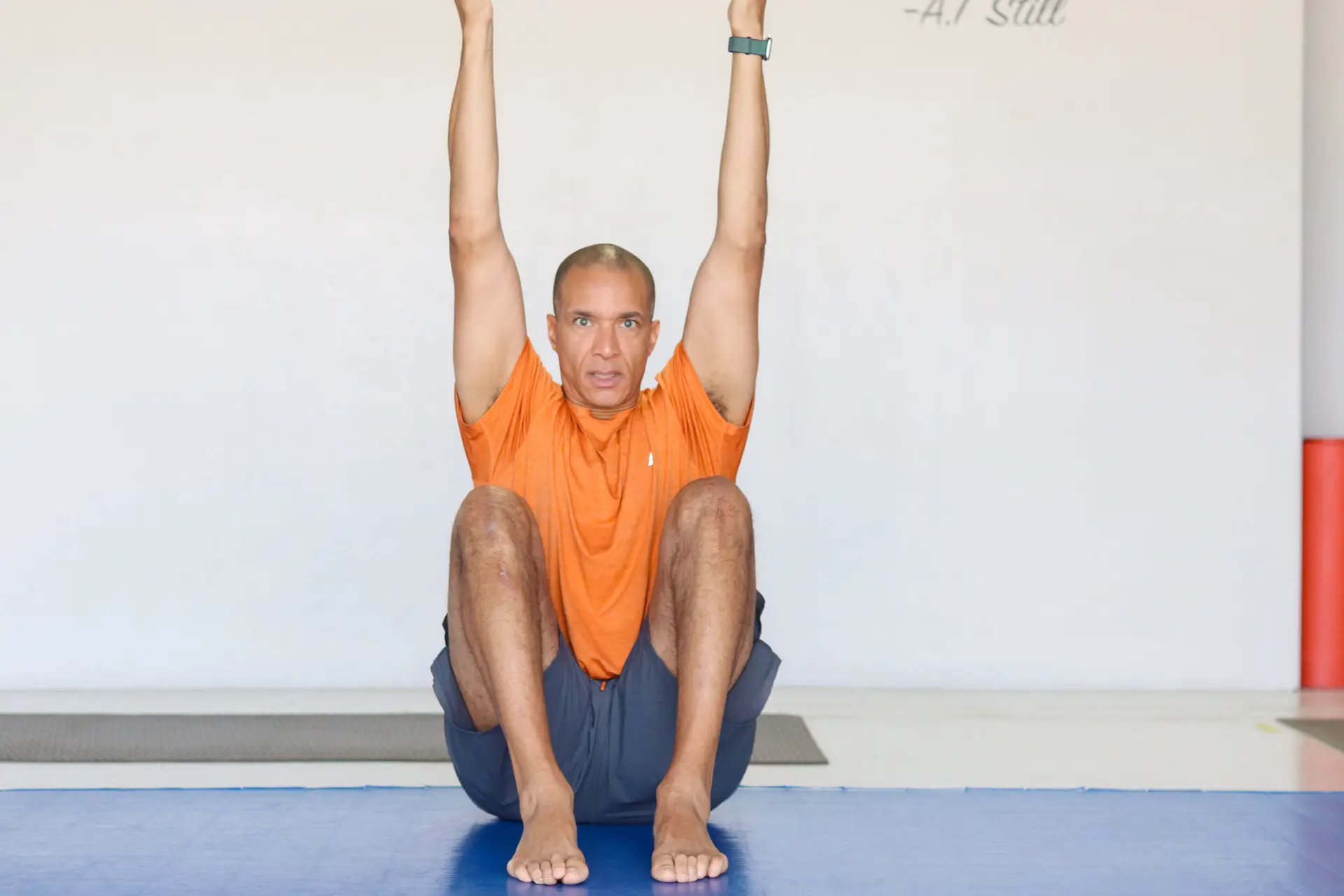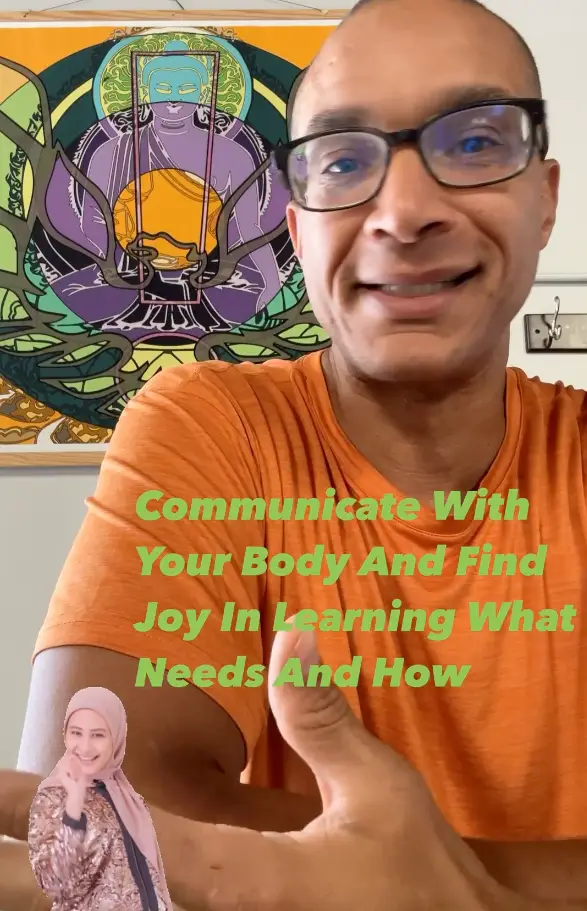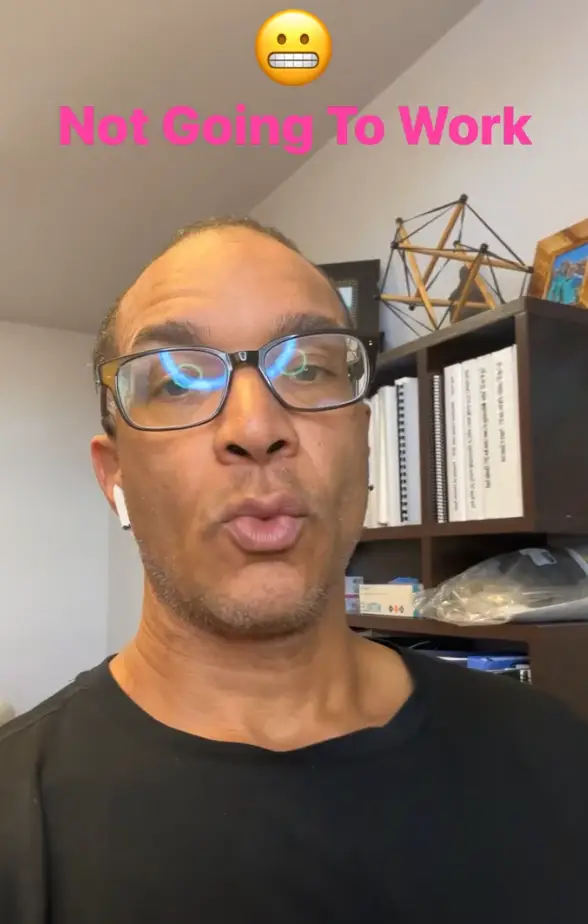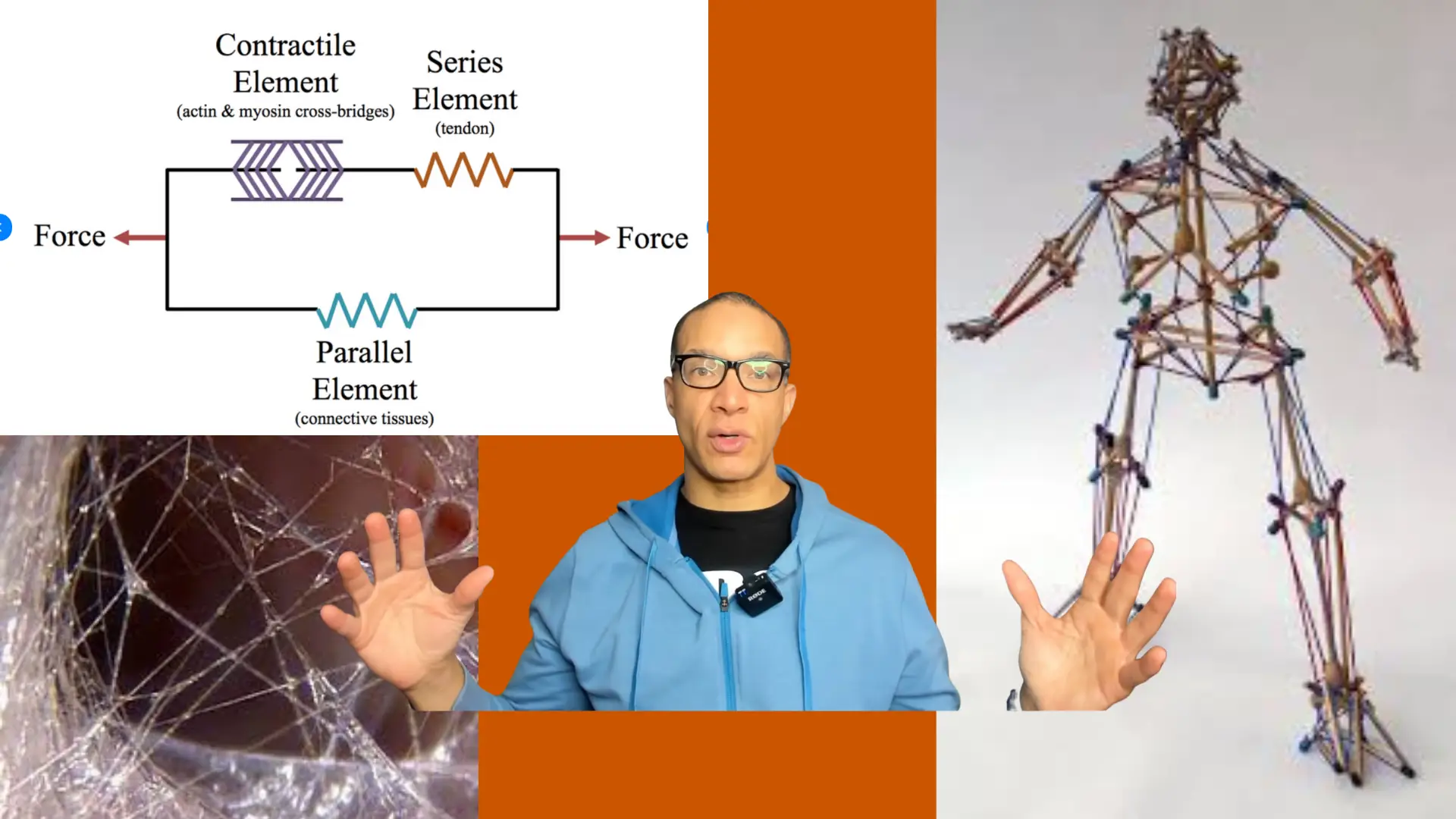
Why Stretching Matters: The Real Science Behind Your Body’s Balance
This is very unfortunate. 🤦🏾 Beware the information you take in on social media and the interweb (yes, I know the irony here). I recently saw a post from a “trainer” I know is new to the profession — not certified, and barely trained — claiming boldly that you don’t need to stretch. Ummmm… no.

